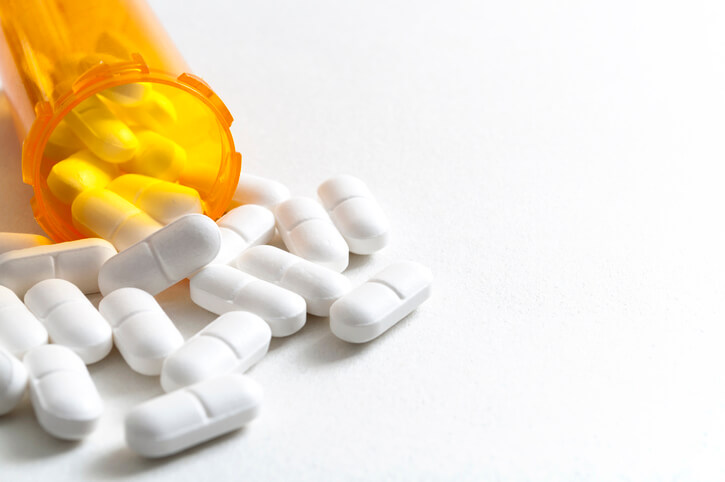
The opioid overdose epidemic is hitting cities and towns across the nation, with a death toll that is both shocking and rapidly growing. In 2021, 80,411 people died from an opioid overdose, and they are a factor in seven out of 10 overdose deaths. A prompt response to a suspected or confirmed opioid overdose can help slow the epidemic. Airway management is critical for acute care following an overdose. Here’s what you need to know.
Symptoms of a Potential Opioid Overdose
Addiction operates in secret, so not all opioid overdoses will be obvious.
Friends or family members may believe there is something else wrong or deny that the person has an opioid addiction. If heroin or prescription opioids are in the home, however, an opioid overdose is a possible concern. Some things to look for include:
- Pinpoint-sized pupils
- The face is extremely pale and/or feels clammy when touched
- Body goes limp
- Fingernails or lips have a purple or blue color
- Vomiting or gurgling noises
- Cannot be awakened or cannot speak
- Breathing or heartbeat slows or stops
Acute Management of Opioid Overdose
Narcan® (Naloxone) plays a critical role in reversing opioid overdoses and is an essential part of your toolkit. Narcan use requires training, so all first responders should undergo annual training.
However, many opioid overdoses are complicated by other factors, including the use of other drugs, so Narcan alone may not be sufficient. Managing an opioid overdose requires a comprehensive evaluation that includes an assessment of other issues that often accompany an overdose, including:
Signs of Airway Issues
Opioid overdoses affect multiple systems. One of the primary dangers of these drugs is their depressant effect on regions of the brain that control breathing. A person experiencing an opioid overdose may stop breathing because of nervous system changes. Damage to other systems may lead to further respiratory distress. Signs of respiratory distress following an overdose include:
- An increase in the number of breaths per minute may mean trouble breathing or not getting enough oxygen.
- A bluish color around the mouth, on the inside of the lips, or the fingernails, and the color of the skin may appear pale or gray.
- A grunting sound is heard with each exhale. This is the body's way of trying to keep air in the lungs.
- Openings of the nose that spread open while breathing may mean that the patient is having to work harder to breathe.
- The chest appears to sink in just below the neck or under the breastbone, or both, with each breath. This can also be seen under the rib cage or in the muscles between the ribs.
- There may be increased sweat on the head, but when touched, the skin doesn't feel warm. Usually, the skin may feel cool or clammy.
- A tight, whistling, or musical sound (wheezing) heard with each breath
- The patient may spontaneously lean forward while sitting to help take deeper breaths. Take this as a warning sign that they are about to collapse.
- A person may have difficulty talking and may only be able to say two-to-three-word phrases or single words before stopping to breathe.
Airway Management for Opioid Overdoses
An opioid overdose is almost always a respiratory emergency, but this type of respiratory emergency differs from many others in one crucial aspect: In most opioid overdoses, the airway itself is not damaged. Instead, the issue is neurological – the brain is not sending or receiving appropriate respiration signals. The effect is the same as any other respiratory issue: hypoxia, an increased risk of brain damage, and if left untreated, death.
- Before treating, check the airway for obstruction. People who are very high or have overdosed may choke on food or aspirate vomit. Removing airway obstructions is critical to saving their life.
- If there is no airway obstruction, the patient must receive supplemental oxygen and immediate transport.
- Monitor their vital signs and continue to monitor the airway for signs of obstruction.
- Vomiting may occur at any time, so be prepared to manage symptoms of aspiration.
Opioid overdose patients are highly vulnerable. They may be unconscious and unable to walk. In some cases, they have secondary injuries. Prompt treatment is key.
The right portable emergency suction device enables you to go to a critically ill patient rather than trying to move them. Emergency suction devices also enable treatment in hospital parking lots, emergency rooms, and other locations where patients might need immediate attention.
For help choosing the right device for your agency, download our free guide, The Ultimate Guide to Purchasing a Portable Emergency Suction Device.
Editor's Note: This blog was originally published in June, 2019. It has been re-published with additional up to date content.
















